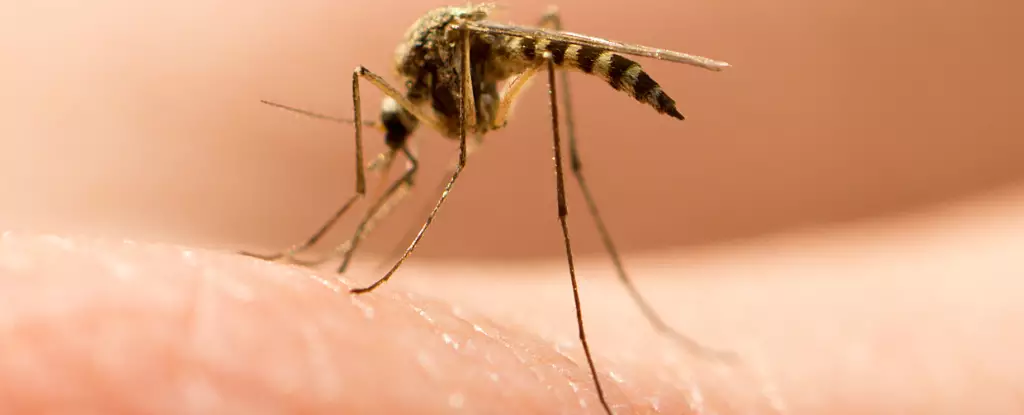Recently, a tragic incident in New Hampshire has shed light on the dangers associated with the rare mosquito-borne eastern equine encephalitis (EEE) virus. The victim, an adult from Hampstead, succumbed to severe central nervous system disease caused by the virus. This unfortunate event serves as a stark reminder of the potential risks posed by EEE.
The prevalence of EEE in the northeastern United States has been a growing concern for public health officials, with climate change being cited as a contributing factor. The warmer temperatures and changing weather patterns create a more conducive environment for mosquitoes, the primary vectors for the virus. This situation has led to an increase in cases of EEE across New England, prompting states to take proactive measures to prevent further infections.
Eastern equine encephalitis presents with a variety of symptoms, ranging from fever and headache to more severe manifestations such as seizures and behavioral changes. In some cases, the virus can cause inflammation of the brain and spinal cord, leading to encephalitis and meningitis. The mortality rate for EEE is alarming, with approximately 30 percent of those infected succumbing to the disease. Even survivors may experience long-term physical or mental effects as a result of the infection.
Given the lack of available vaccines or treatments for EEE, prevention remains the most effective strategy for reducing the risk of infection. Health officials recommend simple measures such as using insect repellent, wearing protective clothing outdoors, and eliminating standing water where mosquitoes breed. These practices can help limit the spread of the virus and protect individuals, especially those in high-risk age groups.
The recent fatality in New Hampshire due to eastern equine encephalitis serves as a sobering reminder of the importance of vigilance when it comes to mosquito-borne illnesses. By raising awareness about the risks associated with EEE and promoting preventative actions, we can work towards reducing the impact of this potentially deadly virus on public health. It is crucial for individuals to take responsibility for their own protection and contribute to collective efforts to combat the spread of EEE.


Leave a Reply